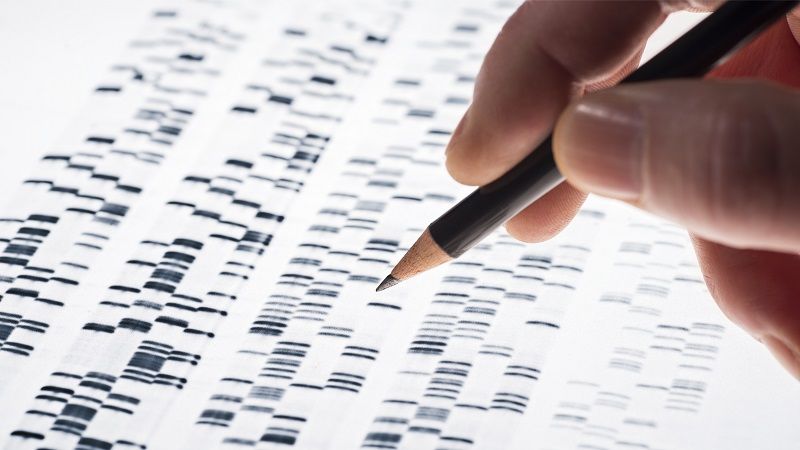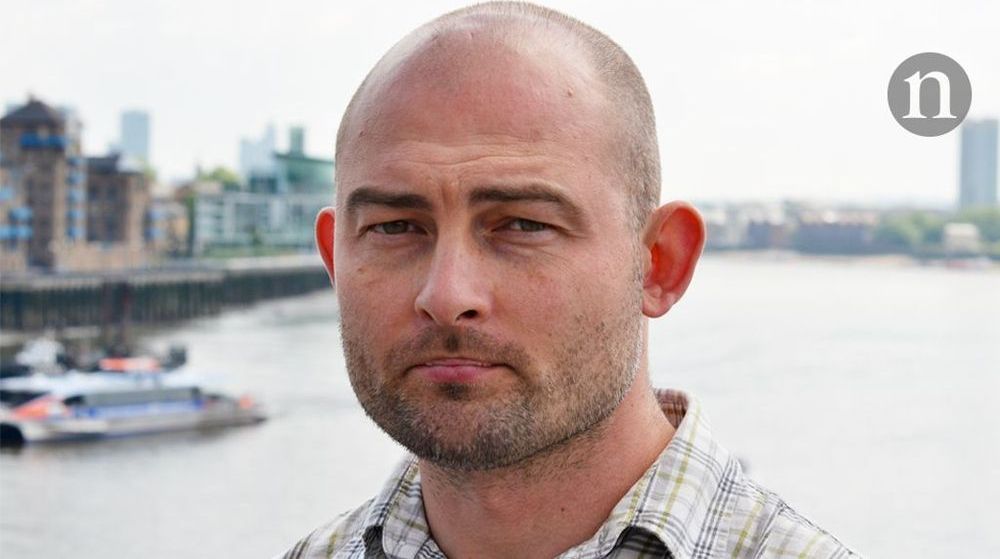A new publication highlights how the complex interaction of NAD+ and cellular senescence pathways may complicate proposed anti-aging therapies that boost NAD+ using precursors.
What are epigenetic alterations?
One of the proposed reasons we age is the changes to gene expression that our cells experience as we get older; these are commonly called epigenetic alterations. These alterations harm the fundamental functions of our cells and can increase the risk of cancer and other age-related diseases.






